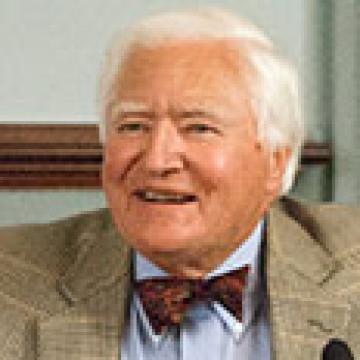Millard Fillmore: The American Franchise
The United States in the 1850s was rapidly becoming an industrial power. Clipper ships had mastered the dangerous voyage around Cape Horn, which opened up the West and the Pacific to trade from the East. Whaling vessels brought the oil needed for industry and households from eastern coastal waters. Wages were increasing, but unions were organizing the printers, hatmakers, and ironworkers to press for better working conditions. While craftsmen were being organized, most factory workers were not. The price of wheat and other crops was rising, luring farmers from the East and Northern Europe to the Midwest and prairie states.
Immigration and Migration
Immigration ran at a high level during the Taylor-Fillmore era, with more than 50,000 people a year entering the country. Most new arrivals were from Germany, England, and Ireland. Legal restrictions on immigration would not come until the Civil War. Some eastern states began levying taxes on the new arrivals, but these were disallowed by the Supreme Court in 1849. Between the mid-1840s and mid-1850s, nearly three million people from other lands emigrated to America.
By the time Fillmore was President, the discovery of gold in California had led nearly 100,000 Americans to try their luck there. Although few found riches, many stayed, and, aided by rapidly developing communication and transportation technologies, America became a truly bicoastal nation. Economic opportunity drove the rapid development of San Francisco, a small village that was transformed into a city of more than 25,000 people during Fillmore's administration.
Deseret, the home of the Mormons, was organized as Utah Territory in 1850, and Fillmore appointed the Mormon leader Brigham Young as the territorial governor. Under Young, federal authority remained nonexistent, and Mormons ignored the decisions of federal judges.
Status of Women and African Americans
The same year Millard Fillmore was nominated as vice president, a lawyer's daughter named Elizabeth Cady Stanton assembled a convention of her own. At the Seneca Falls Convention in New York, she worked with Lucretia Mott and other activists on a statement of principles that began the modern women's suffrage and civil rights movement.
During Millard Fillmore's administration, Uncle Tom's Cabin, the definitive abolitionist literary work by Harriet Beecher Stowe, was published; it shed new light on "the peculiar institution" of slavery and fueled antislavery sentiment throughout the North. In addition, the 1850s saw the peak of the Underground Railroad, which assisted African Americans fleeing enslavement. Although Congress reached a compromise over slavery in 1850, substantial minorities of the population in both North and South condemned it.
